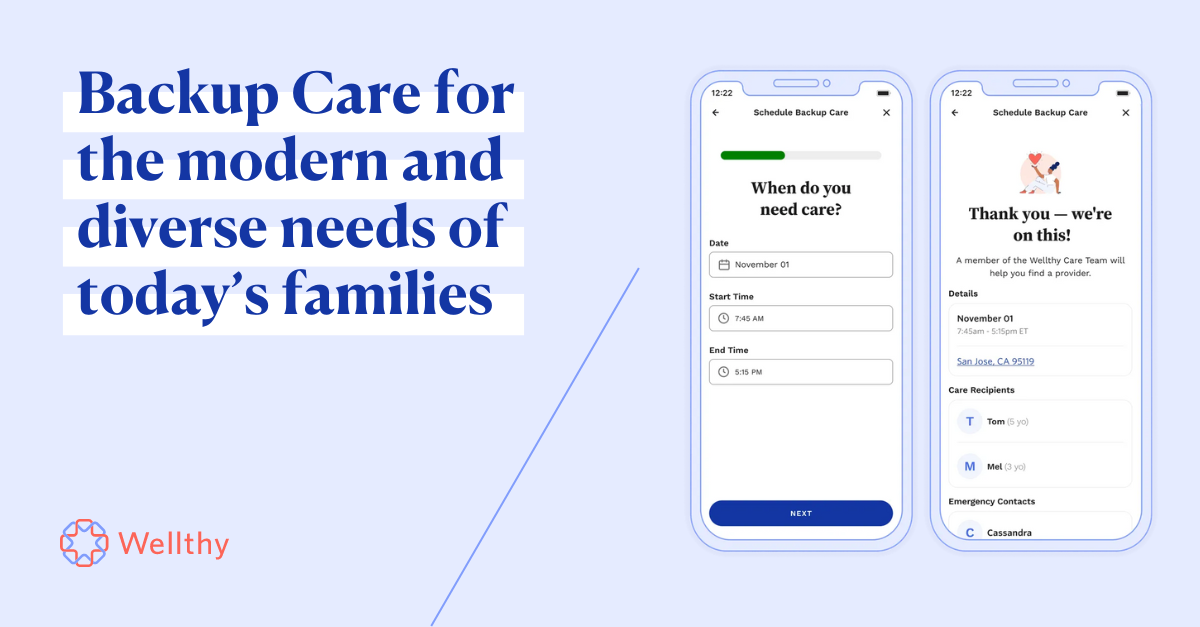Americans are responsible for taking care of young children, aging parents, spouses with chronic and complex conditions, and more, often taking care of more than one person at once – and doing so while maintaining a job. Look across the spectrum of caregiving in America, and the scale of workers serving as family caregivers becomes truly staggering: 53 million Americans are providing unpaid care for their families, and 61 percent of those caregivers are also in the workforce.
But despite the overwhelming numbers, many caregivers are uncomfortable speaking up about their responsibilities. According to the AARP, just 56 percent of working caregivers say that their direct supervisors are aware of their caregiving duties.
There are a variety of reasons why caregivers may want to hide their family responsibilities from their employers. For one, caregivers worry that discussing their caregiving duties will lead to them being perceived as less committed to their jobs. In the Business Group on Health’s 2020 Caregiving Survey, only 41 percent of respondents agreed that employees at their organizations are comfortable identifying their caregiver status to managers and colleagues – and just 3 percent strongly agreed. Of the 274 respondents to an open-ended question about barriers to caregiver identification in the workplace, 38 identified stigma and 55 identified fear of being passed over for promotions or projects.
This fear has wide-ranging consequences. Caregivers who are uncomfortable sharing their status often hold out until they are forced to take an extended leave of absence or step out of the workforce altogether, either because their loved ones are in a crisis that requires their full attention, or because they are so burnt out from managing their dual responsibilities that they can no longer handle it.
And because caregivers feel like they can't share their full selves with friends and coworkers, they are overwhelmingly lonely – an ironic reality considering how likely it is that the person sitting across from them at work is also caring for someone. This loneliness carries serious risks. Between 40 and 70 percent of family caregivers experience clinical depression, and those experiencing isolation are at an increased risk of health problems like heart disease and dementia.
The impacts of isolation stemming from caregiving stigma also impact the entire workplace. Because caregivers are hesitant to divulge their dual responsibilities to their supervisors, they are forced to perform fully at work with no support. For many, that's virtually impossible, since caregiving can become a full time job in and of itself. The result is presenteeism – caregivers are trying their best at work but are not able to be fully productive. Widespread presenteeism not only leads to faster burnout and more workplace turnover, but is a massive drain on the corporate bottom line. By some estimates, reduced performance at work resulting from presenteeism cost U.S. employers $150 billion per year.
Fighting against caregiving stigma is a massive step towards helping everyone live happier, healthier, more productive lives. By making your workplace culture – or even your daily personal life – more inclusive to care, you can help more people strike a healthier balance between their work lives and caregiving.
In honor of National Family Caregivers Month, we want to help workplaces build cultures that destigmatize caregiving, and it all starts with being able to have simple conversations. Remember the vast majority of people in the workforce are caregivers of some sort. Once one person at your job starts openly discussing care responsibilities, it becomes easier for everyone else. Whether you are a caregiver, managing caregivers, or both, being transparent early makes it far easier to create a caregiving-friendly work situation before a crisis occurs.
To help facilitate these conversations, we’ve created a toolkit that contains a guide to starting conversations about caregiving in the workplace, with tips for communicating with both your manager or with your peers.
These discussions are the key to breaking down the stigma around caregiving. The best way to make other caregivers feel comfortable is by telling your story, whether it's in a call with your manager, over lunch with coworkers, or even online.
Download our toolkit for a guide to sharing your journey in person and on social media, and how you can get involved with the caregiving conversation this month.







